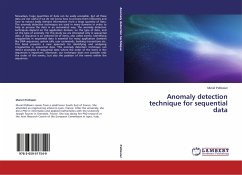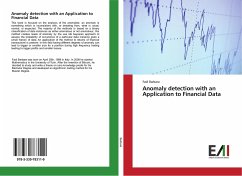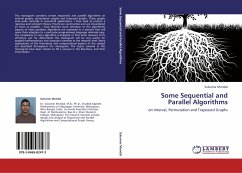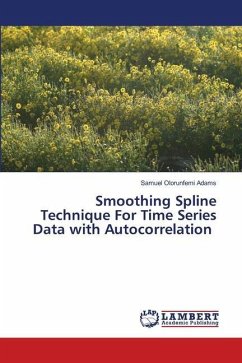Nowadays, huge quantities of data can be easily accessible, but all these data are not useful if we do not know how to process them efficiently and how to extract easily relevant information from a large quantity of data. The anomaly detection techniques are used in many domains in order to help to process the data in an automated way. The anomaly detection techniques depend on the application domain, on the type of data, and on the type of anomaly. For this study we are interested only in sequential data. A sequence is an ordered list of items, also called events. Identifying irregularities in sequential data is essential for many application domains like DNA sequences, system calls, user commands, banking transactions etc. This book presents a new approach for identifying and analyzing irregularities in sequential data. This anomaly detection technique can detect anomalies in sequential data where the order of the items in the sequences is important. Moreover, our technique does not consider only the order of the events, but also the position of the events within the sequences.
Bitte wählen Sie Ihr Anliegen aus.
Rechnungen
Retourenschein anfordern
Bestellstatus
Storno








